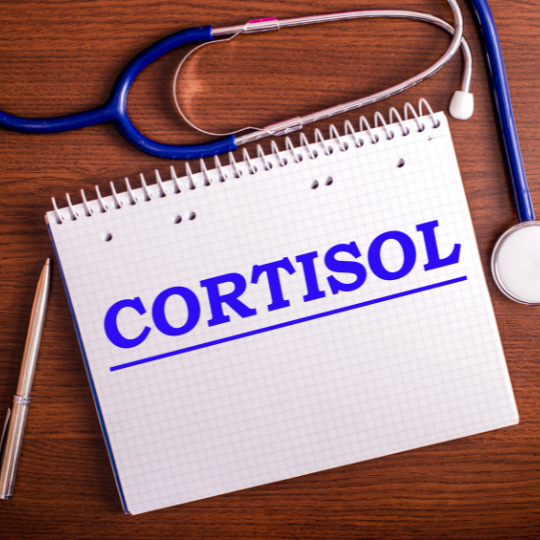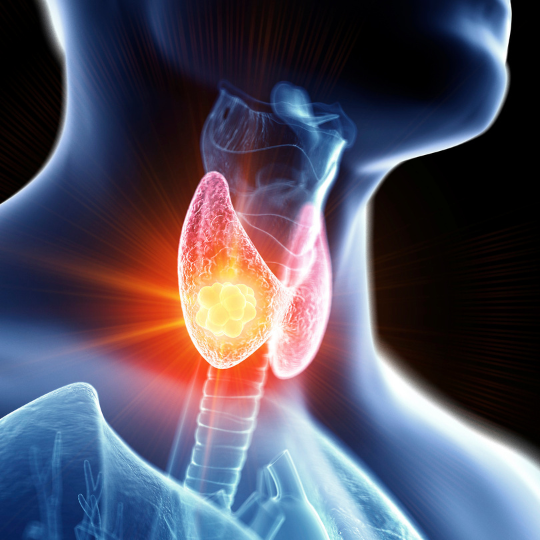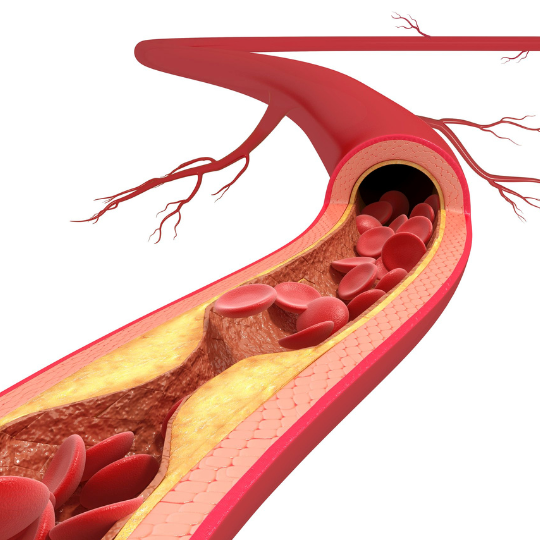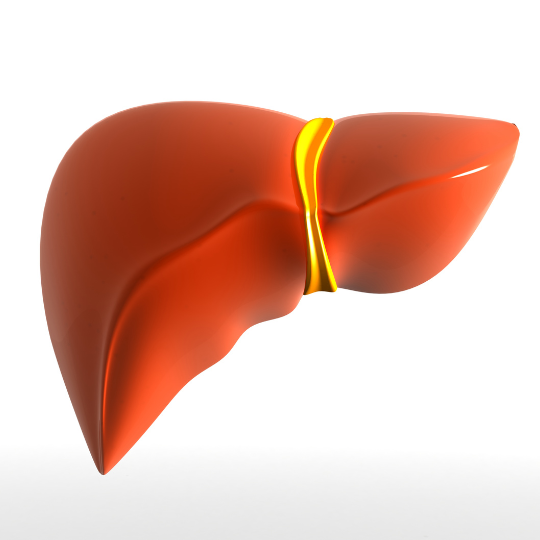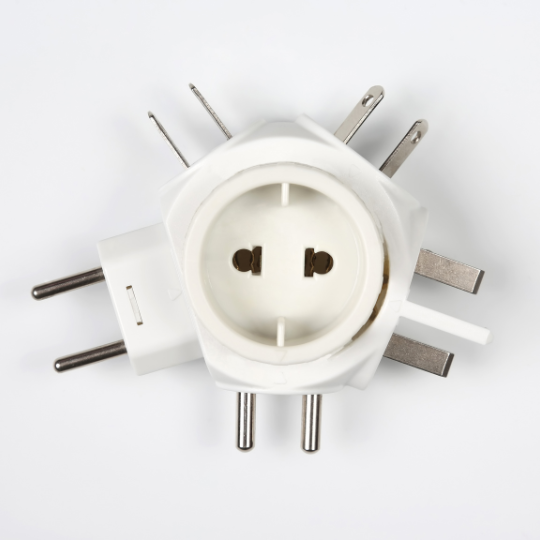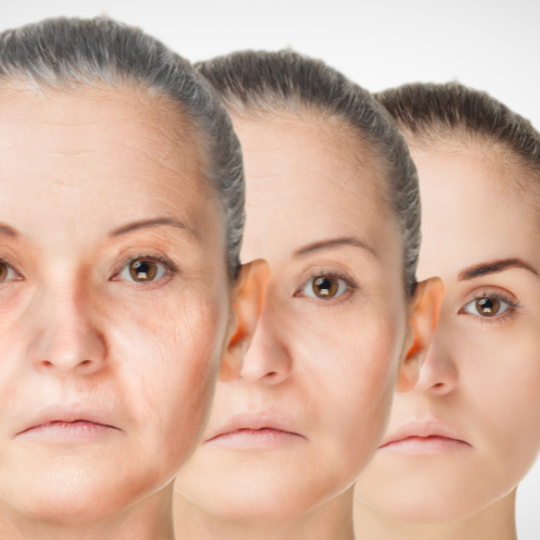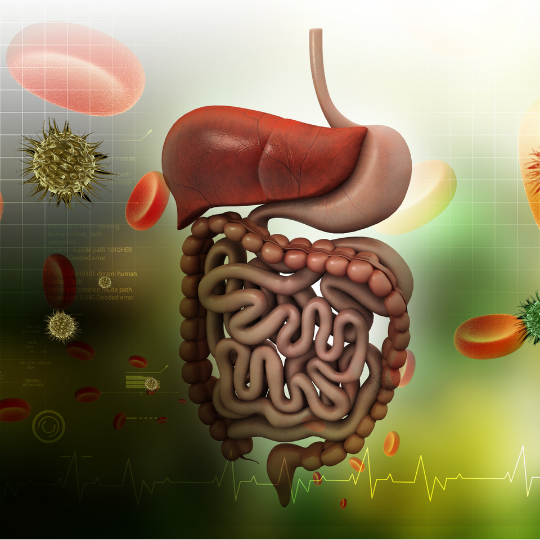Glutathione (GSH), which we already covered in a previous blog post, is a small protein that plays a crucial role in the detoxification process of the human body. It is probably the most powerful antioxidant our body has in its arsenal and is involved in the phase 2 liver detoxification called Glutathione Conjugation.
Detox primer: Detoxification involves the transformation of harmful or toxic substances into less harmful ones, which can then be eliminated from the body through bile or urine. The process of detoxification occurs in two phases:
- Phase 1, also known as the oxidation phase, involves the introduction of oxygen and/or other chemical groups to toxins, which can then be further metabolized in phase 2
- Phase 2, on the other hand, involves the conjugation of toxins with other substances, such as amino acids, glucuronic acid, and sulfur-containing compounds, in order to make them more water-soluble and easier to eliminate from the body.
How Glutathione Conjugation works
Glutathione is involved in phase 2 through a group of enzymes called glutathione transferases, abbreviated GSTs. These enzymes work by attaching a molecule of glutathione to toxins, making them more water-soluble and easier to eliminate through bile or urine. There are several different types of GSTs, including GSTAs, GSTKs, GSTMs, GSTOs, GSTPs, GSTTs and GSTZs, each involved in the specific detoxification of a particular class of substances, including drugs, environmental toxins, and carcinogens.

In addition to GSTs, there are other enzymes involved in the detoxification process that use glutathione:
- Glutathione peroxidases (GPXs) use glutathione to neutralize harmful peroxides, produced during phase 1 detoxification. GPXs are selenoproteins, for which the availability of selenium is of key importance
- Glutathione reductase (GSR) uses glutathione to regenerate itself and continue the detoxification process. Depending on the metabolic fate of GSH, it can be excreted along the conjugated toxin or recycled with the help of the GSR enzyme.
It is worth mentioning that glutathione synthesis is also important for phase 2 detoxification. Glutathione synthase (GSS) is the enzyme responsible for synthesizing glutathione from its amino acids precursors: cysteine, glycine, and glutamic acid.
Conjugation Genetics
Certain genetic predispositions, or single nucleotide polymorphisms (SNPs), can affect phase 2 glutathione conjugation detox. For example, a variant of the GSTM1 gene called GSTM1 null has been associated with an increased risk of certain cancers, such as lung and breast cancer. This variant results in a deficiency of the GSTM1 enzyme, which can impair the detoxification of certain carcinogens.
Similarly, the T allele in the GSR rs3779647 possition was associated with decreased expression of GSR in brain tissues and consequently with reduced glutathione recycling.

In addition to genetic predispositions, lifestyle, nutrition, and supplements can also play a role in regulating phase 2 glutathione conjugation liver detox. A diet rich in antioxidant-rich fruits and vegetables can help support the detoxification process, as can supplements such as milk thistle, N-acetylcysteine (NAC), selenium and alpha lipoic acid (ALA). These supplements can help support the synthesis and function of glutathione and other enzymes involved in phase 2 detoxification.
But how much of each practice or supplement is optimal to do/take, so you can hit that efficiency sweet spot? Get tested and you can find out. In our genetic and metabolic optimization approach we start from the genes up and fine tune recommendations based on metabolic feedback. Get in touch!
